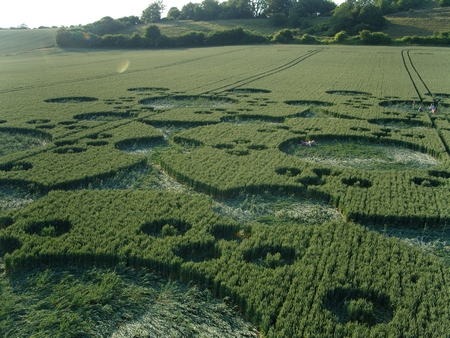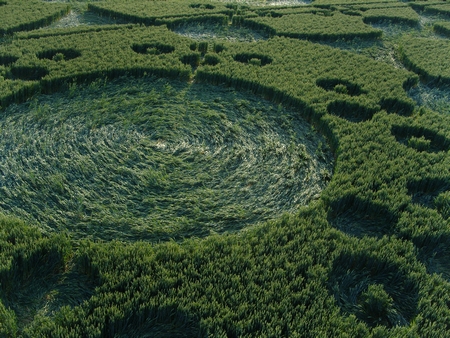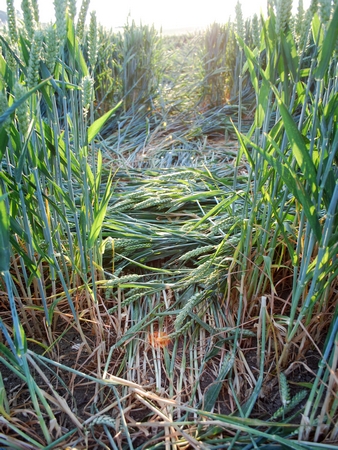 |
||||||||||||||||||||||||
 |
 |
|||||||||||||||||||||||
 |
||||||||||||||||||||||||
 |
 |
 |
 |
|||||||||||||||||||||
| 2015 CIRCLES | 2014 CIRCLES | 2013 CIRCLES | 2012 CIRCLES | |||||||||||||||||||||
|
||||||||||||||||||||||||
 |
 |
|||||||||||||||||||||||

|
Ground Report – White Sheet Hill, Wiltshire 26/06/10PLEASE NOTE: The farmer at White Sheet Hill has recently placed signs at the field entrance asking people not to enter the formation.It’s always great to see a crop circle from the elevated position of a hill top and this location has exactly that. Overlooked on two sides by the magnificent White Sheet Hill, including its many ancient earthworks, the fields below roll out towards the south west and a small hill. The effect of this is almost as if you are in a bowl, secluded and tranquil and where the voices of the steady stream of walkers above are amplified and carried down creating a friendly and familiar feel. With 205 circles altogether this formation is very impressive. At ground level it actually feels smaller than it looks, but as soon as you start walking around it’s impossible not to get lost in the many linked sections of laid circles. This formation, like the one at Savernake Forest, has many features which we found confusing and somewhat contradictory. Many aspects showed similarities to Savernake as well as Chirton Bottom, even though that was in barley. Firstly the smaller circles. These fall into two categories. Those that fall on the natural pathway linking the larger sections, either across the formation or adjacent to each other, and those which stand outside and in between the rest of the larger circles. In every section of the formation there is a distinct difference between these. The small circles which are on or part of the narrow laid pathways (usually underneath the top layer of laid crop) display a messy, uncontrolled and very flat appearance, exactly like the majority of those seen at Chirton Bottom (see below). 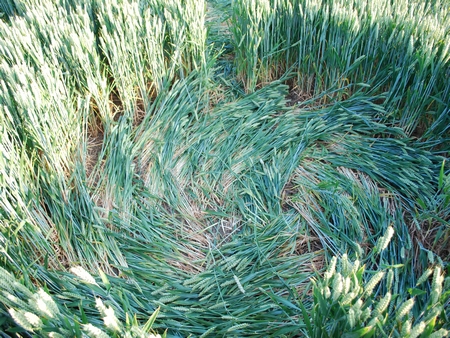 In contrast, the circles to the sides of these, presented in a diamond formation (4 in total) show consistently high quality of laid crop with a very fluid feel and a substantial standing tuft of crop in the centre. 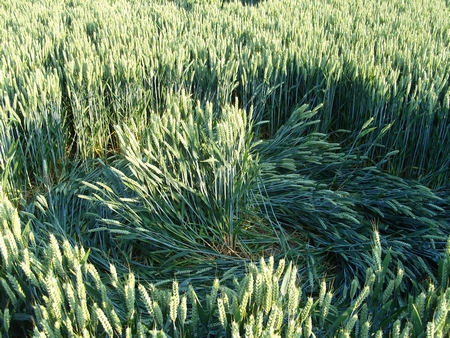 Within the medium and large circles the laid crop shows very little sign of damage at all. Much of it has begun to recover having been bent neatly at the base (not the node). The image below is representative of the lack of damage on the vast majority of the stems within these laid circles. 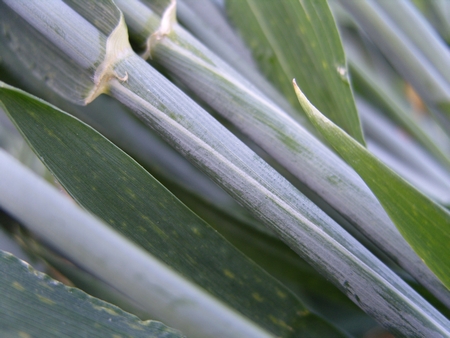 In the centre of these circles it is very common to find a small tuft of standing stems, sometimes splayed nicely outwards with laid crop around the base. Indeed, there are so many of these features which are so consistent in their appearance that having taken a few photos it became impossible to tell them apart! 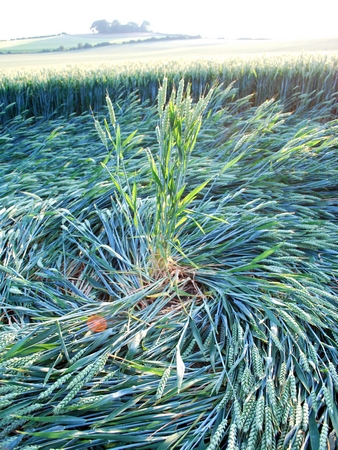 In the case of these larger circles the contradictory element is again (as at Savernake) the narrow, squashed and damaged pathway which runs around the perimeter (see below). Here there is evidence of many stems having been crushed and broken and they certainly haven’t recovered at all. 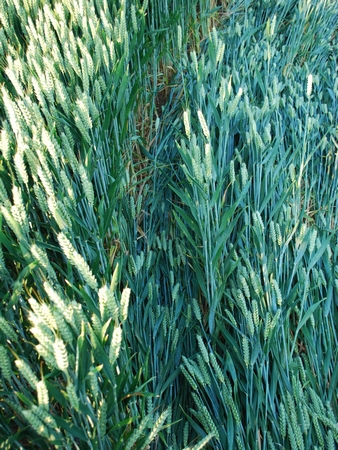
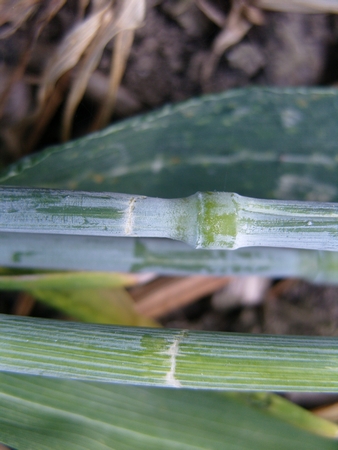 This less than positive feature, however, is not consistent around all of the larger circles although it is present in many. Linking the formation together are laid pathways which have clearly been flattened before the rest of the crop as they are to be found underneath the rest. These flow outwards and can clearly be seen continuing out between the circles. Intriguingly there is at least one of the larger outer circles where this pathway is not evident, having stopped at the circle before. A delightful, amazing yet puzzling crop circle in every way. This (for us at least) seems to be a developing theme for the 2010 season! 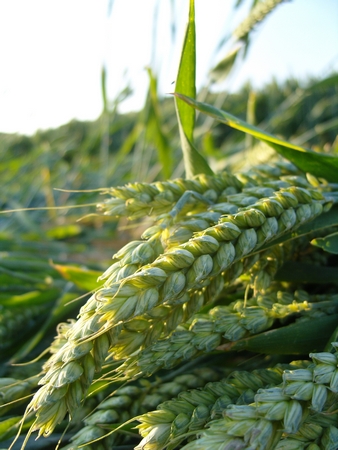 Crop Circle Summary
Alternative Websites |


